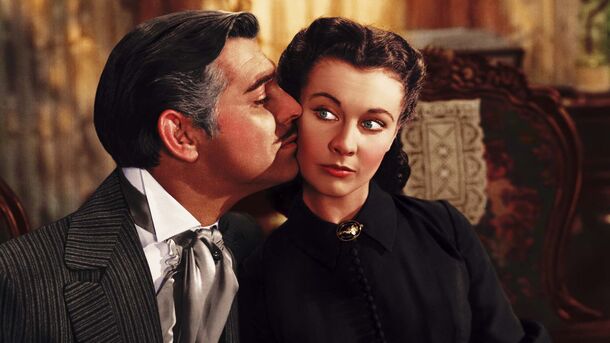Viewers are Still Discussing the Ending of 'Gone with the Wind' Even 85 Years Later — We Explain Why the Film Grossed $4,300,000,000 at the Box Office

The phenomenon of melodrama lies in the scale of its ending.
The ending of Gone with the Wind is a powerful symbol of the era and human resilience. When Rhett Butler tells Scarlett:
“Frankly, my dear, I don’t give a damn.”
It’s a metaphor for the end of the old world. His departure is the culmination of a long struggle with her manipulation and selfishness, reflecting the collapse of Southern ideals after the Civil War.
At the same time, Scarlett standing on the stairs and saying the famous:
“Tomorrow is another day,”
symbolizes an unbroken will to live and the hope that even in the most difficult circumstances, you can start over. This open ending gives the viewer space to ponder: will Scarlett overcome her inner demons? Will she find happiness? It is this meaningful ending that keeps the film interesting decades later.
It is no coincidence that Gone with the Wind is the highest-grossing film in history, adjusted for inflation, having collected about $4.34 billion. This amount, recalculated taking into account the change in the value of the dollar, puts Victor Fleming's film on a pedestal above any of the largest modern blockbusters.
Such commercial success speaks not only to the scale of the production, but also to the fact that the themes of the film - love, loss, survival and change - remain eternal and relevant for any generation.
The film lifts the curtain on the era of the most profound changes in American society. The collapse of the plantation system, the destruction of the usual way of life, the difficult legacy of the war - all this is intertwined with the personal drama of the heroes, making the film both historical and deeply human.
It is also important to note that unlike the book, where Scarlett finds solace in the arms of another man, the film ends on a note of determination and struggle. This gives room for hope, emphasizing her unbending spirit. Thanks to this technique, the ending remains open, forcing each viewer to search for their own answer. And they are still searching for it.
